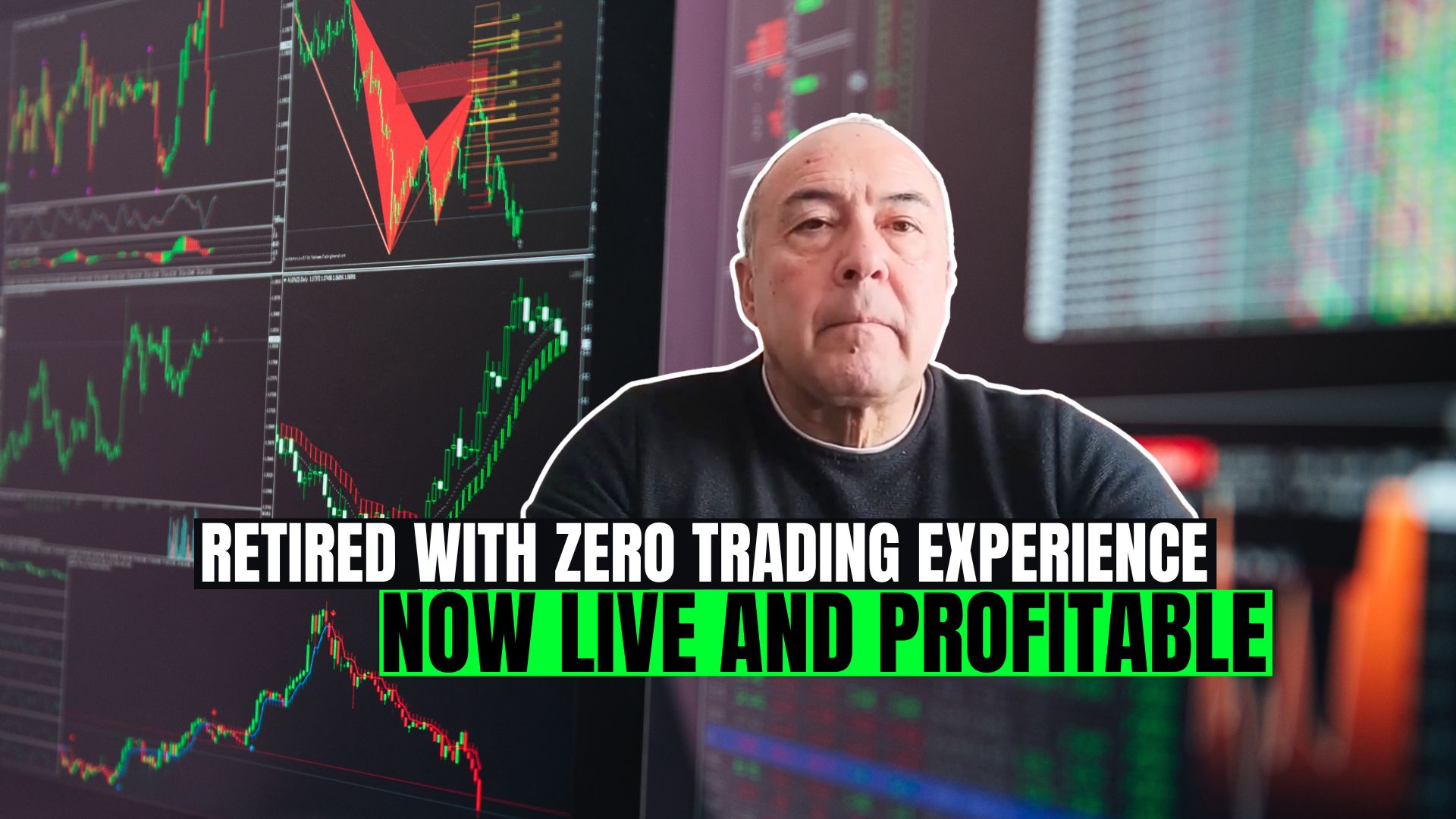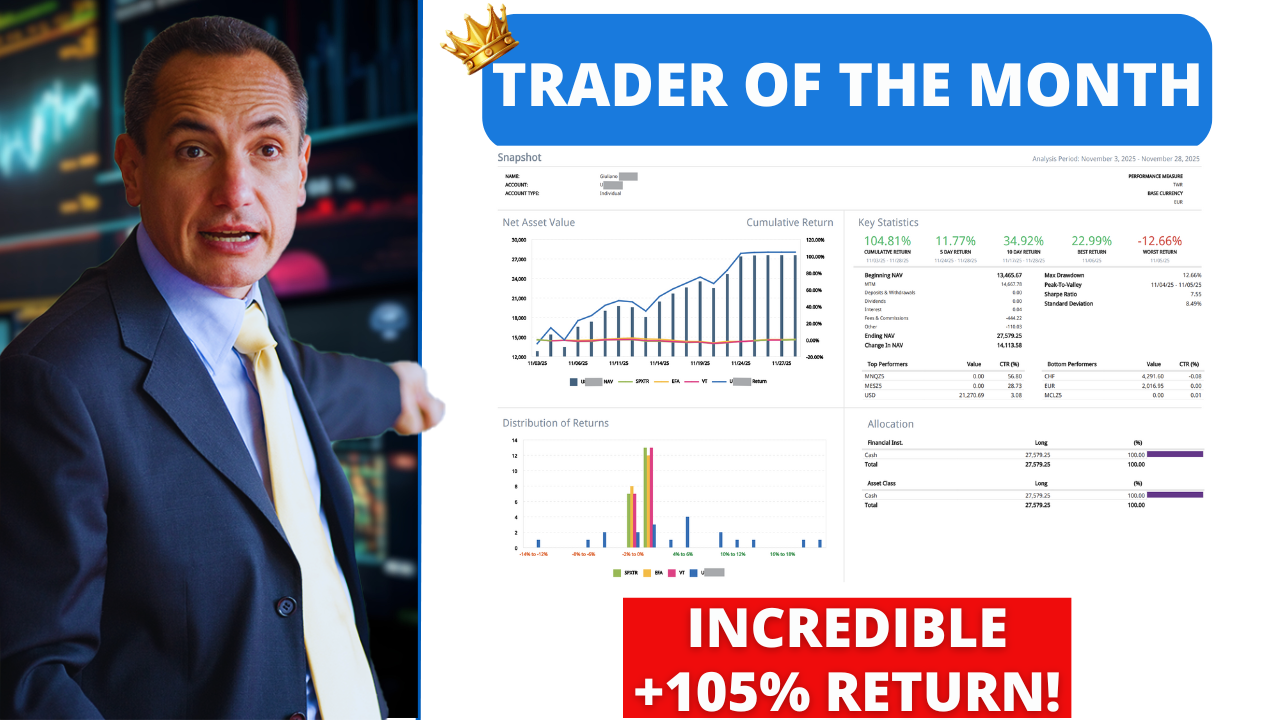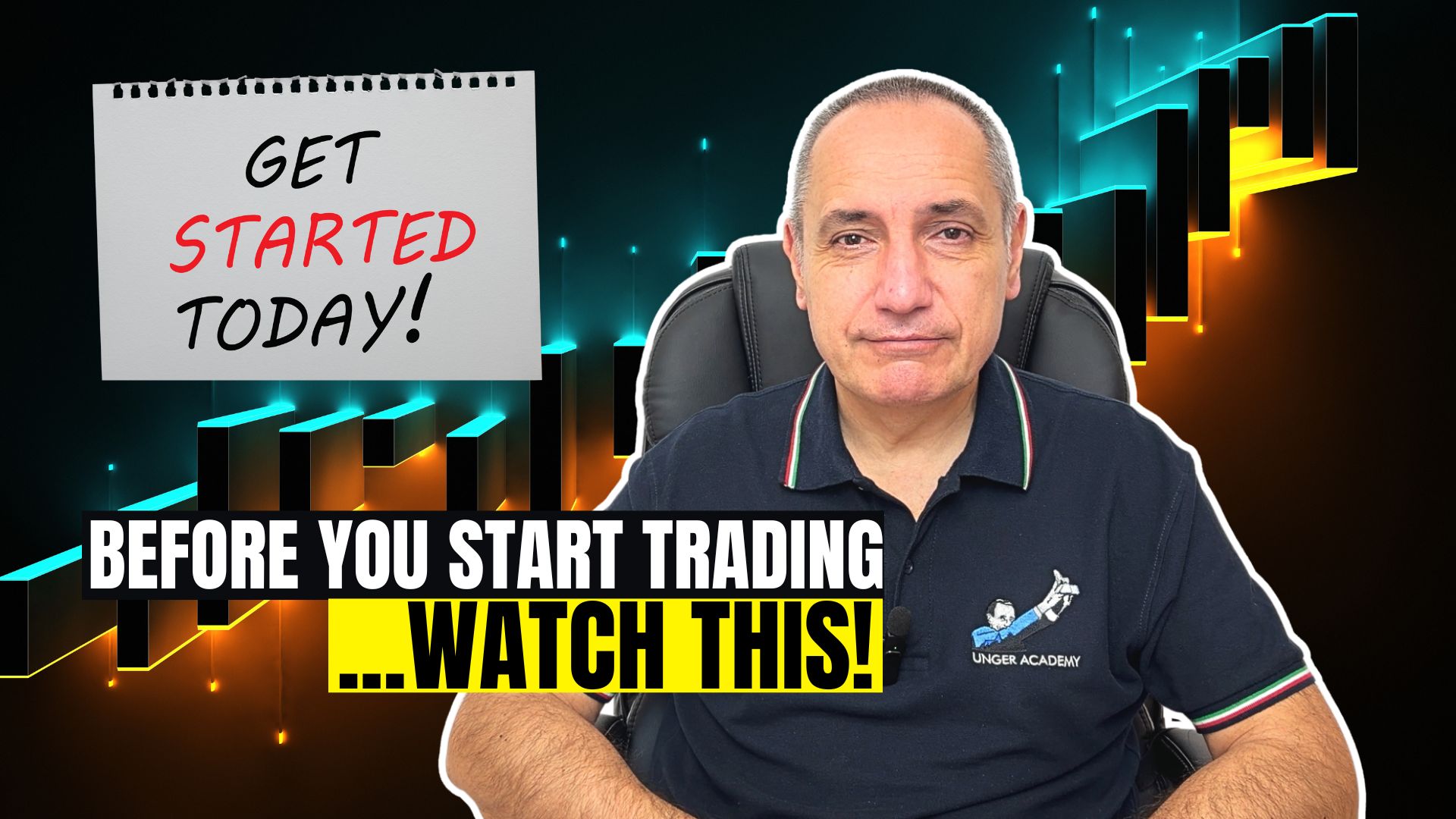Hello everyone, I’m one of the coaches of Unger Academy, and welcome back to this brand new video dedicated to the analysis of the systems in our portfolio.
Okay, so let’s start this video! Today we’re going to be talking about two markets we could consider somehow off the beaten track, in the sense that they’re certainly less traded than the most classic ones.
I’m talking about Orange Juice – which maybe some of you remember from the movie “Trading Places” – and the other one is Coffee. These two markets are very different from one another. Orange Juice is very scalable and small, and it works pretty well with positions that are kept open for a long time. Also, the value of one contract of this future is relatively low.
On the other hand, Coffee is a very volatile market. We might even say that it’s pretty nervous. The trends of this market tend to continue for a long time, and the value of a single contract is much higher than Orange Juice, so that’s why these two markets are so different. Both are listed on ICE, which is another US exchange based in New York.
Now let me show you two strategies in our portfolio that work pretty well on these futures.
Let’s start with Orange Juice, and here is the strategy. A glance is enough to see that this strategy makes very few entries. Actually, from July 2021 until today, it opened only one position. Consider that we were using daily bars here.
So why does this strategy make such a small number of trades? The reason it’s that this is a seasonal strategy. It goes long in Autumn, between October and November, only when prices break through a channel calculated on daily bars. Here, for example, you can see that the market exceeded these levels and, as a result, within the trading window considered, the strategy opened a long position. However, in the last case, unfortunately, it didn’t go so well. As I’ve already mentioned, this system makes a tiny number of trades. We built it in 2018.
Let me show you the equity line since 1967, which is possible using daily data. So as you can see, there’s a monthly bias on this market, so you too can try to exploit it with your own systems.
Just for the sake of completeness, this strategy also trades short. It hasn’t opened any short trade recently, but it can do it. The time window for the short trades is in December, so short positions can only be opened in December, and we’ll see if a bearish breakout will occur this year, so our strategy will be able to open a short position.
Now let’s move on to the next strategy that I want to show you, which is the one for Coffee. We developed it in 2017, so more or less the same period as the previous one.
As I’ve already mentioned, this market responds pretty well to trend-following approaches, like almost every market in the commodities sector. In particular, we can see that last week, it opened a long position that is performing pretty well.
Now I show you the report of the strategy’s performance over the last year. As you can see, it was able to follow the market’s trend quite well. The long trades produced very good results whereas, in the case of the short trades, there has been a flattening of the curve over the last year, which is obviously due to the bullish buy and hold of this market. As you can see… Also, from this chart, we can see that Coffee tends to follow the trends.
Coming to the rules of this strategy, I can tell you that at a specific time of the day, which is noon Exchange time, the strategy calculates a channel on 5-minute bars (just to have some sort of confirmation) and then goes long when prices break through this channel. So basically we have a channel that is recalculated every day at 12 o’clock.
And if you want, you can try and build this strategy too.
Well, we hope this video has helped you. And if you have any questions for us, please write them in the comments and if they are interesting, maybe we’ll even make some videos based on them!
I’ll see you next time, thank you so much for watching this! I will see you soon, bye-bye!







